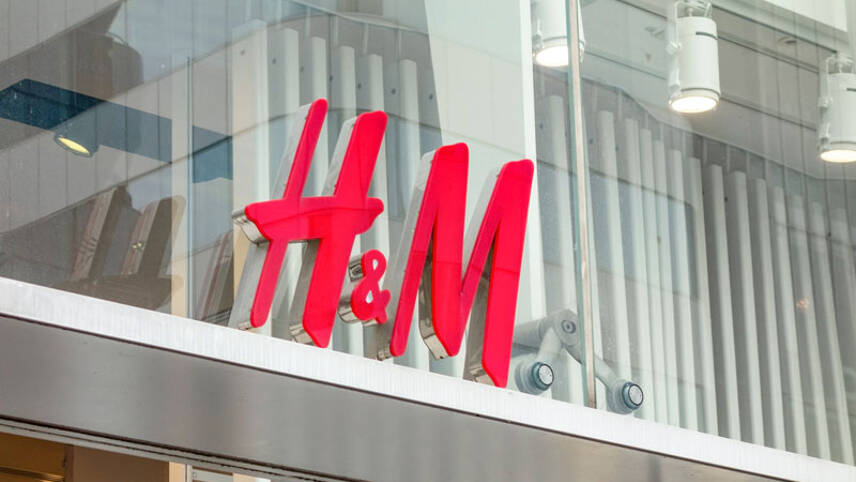Register for free and continue reading
Join our growing army of changemakers and get unlimited access to our premium content

The fashion giant selected Daniel Erver as its new chief executive in a surprise announcement today (31 January). He will take the reins from Helmersson after her four-year tenure.
Erver has worked within H&M Group for 18 years, most recently as the chief executive of the H&M brand. His experience lies in middle management, buying, sales and merchandising.
When Helmersson was first appointed, it was major news. She was is not only the first woman to become H&M’s chief executive, but its first sustainability professional. Helmersson spent more than five years in H&M’s sustainability team in the 2010s, first as social sustainability manager and then as sustainability manager.
These roles formed part of a 26-year career at H&M Group for Helmersson, who told investors that she decided to step down because the role was “very demanding at times personally”.
She added: “I continue to have a strong belief in the company. We have strong brands, a unique corporate culture and high ambitions in sustainability.”
Erver said his focus will be “offering customers the best combination of fashion, quality, price and sustainability in an inspiring and attractive shopping environment”.
An oxymoron?
H&M Group and its competitors have long been scrutinised for using the language of sustainability but drawing their profits from a fast fashion model.
The business dropped on-product and online sustainability labels from products in the Netherlands in 2022 after the nation’s consumers and markets regulators ruled that vague terms like ‘conscious’ could mislead shoppers and were “insufficiently substantiated”. Wider change may be needed for compliance with a new EU-wide green claims directive approved by the bloc earlier this month.
Largely due to the proliferation of fast fashion, the apparel industry is now accountable for around 10% of global annual greenhouse gas emissions.
It also produces more than one billion garments annually and, due to gaps in policy, infrastructure and education, results in a bin lorry of waste being landfilled or burned every second.
Moreover, the rapid expansion of fashion supply chains globally has made it harder for end-user businesses to identify and tackle human rights abuses.
H&M Group’s environmental goals include achieving a net-zero carbon value chain by 2040 and having a net-positive impact on biodiversity within the same timeframe.
On waste, a goal to ‘design all products for circularity’ by 2025 has been widely criticised due to the firm’s refusal to disclose total product volumes and reduce them by scaling offerings like resale and rental beyond limited pilots.
Time will tell whether Erver strengthens or weakens these targets and whether his approach to delivery is different.
There are signs that the business is trying to stand out from online ultra fast-fashion giants like Temu and Shein by leaning into the provision of more luxury products; it is set to open a new concept store in Chelsea, London, this spring.


Please login or Register to leave a comment.